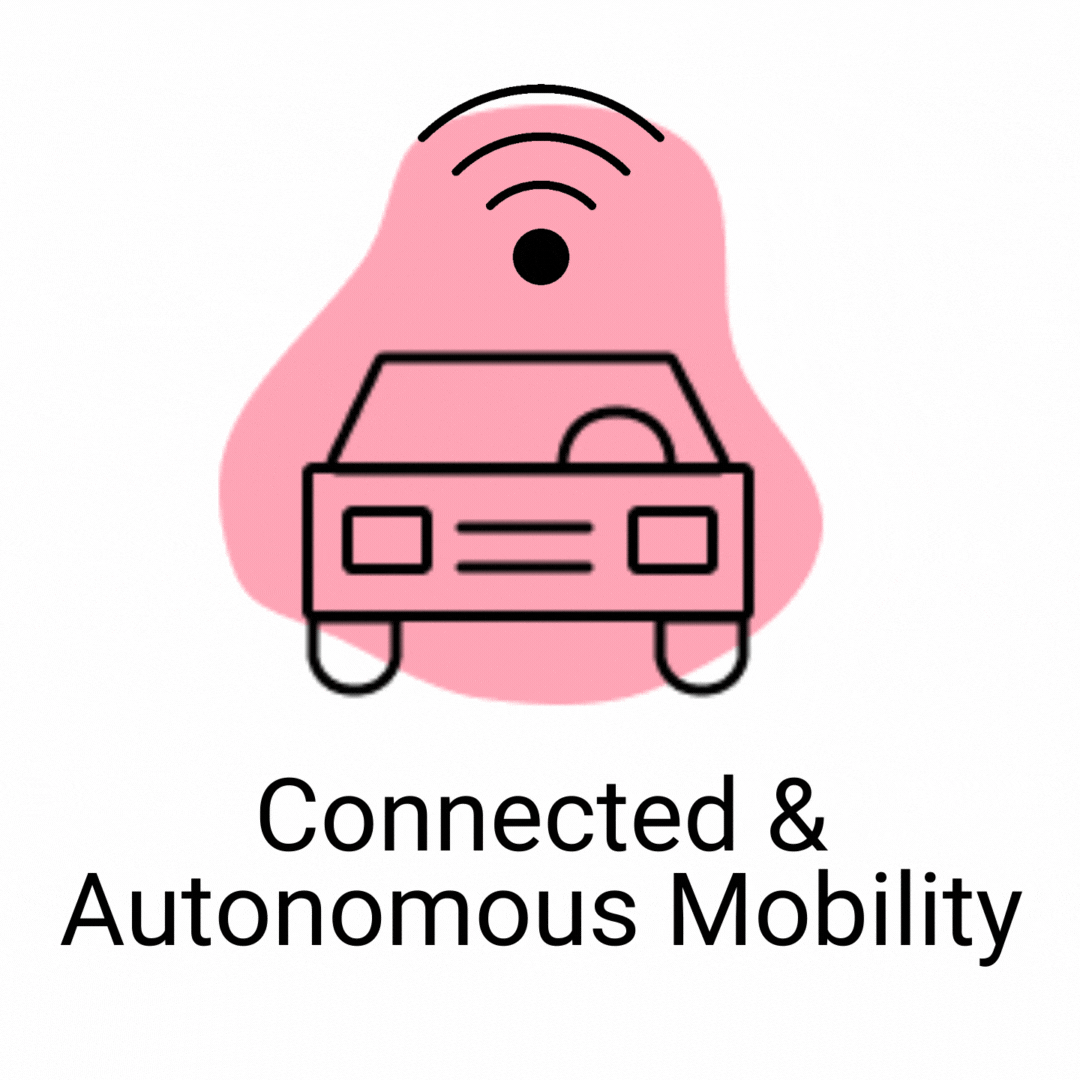Overview
Automated Vehicles and Highway Capacity
In the current driving system, a significant amount of lateral and longitudinal space between vehicles is required for safety and psychological reasons. The longitudinal separation increases as the speed of the vehicle increases, and larger spaces are required for trucks. This driving behavior limits highway capacity. One way to increase it is to have autonomous vehicles traveling smaller distances apart at high speed, or in platoons.
Designing Dedicated Autonomous Truck Lanes
This research project will investigate the design and operations of dedicated lanes for fully automated trucks, the suitability of existing infrastructure to accommodate these novel technologies, and the potential economic ramifications on the surrounding region.
The testbed for this project is a 55-mile section of the I-10 Freeway with the Texas Department of Transportation El Paso District. Based on the results of the ConOps, a preliminary economic impact study will be conducted to assess the potential impacts of bringing autonomous freight vehicles to the region. This is the first year of a multi-year project.
Research Objectives
The objective of this project is to recommend infrastructure design and demonstrate, by means of microscopic traffic simulation, the Concept of Operations (ConOps) of automated truck lanes in future highways in urban areas.
The ultimate goal of this research is to recommend vehicle management, infrastructure design and policy guidelines for state and local agencies in preparation of the transition from the existing vehicle-infrastructure system to one that accommodates fully automated trucks.






